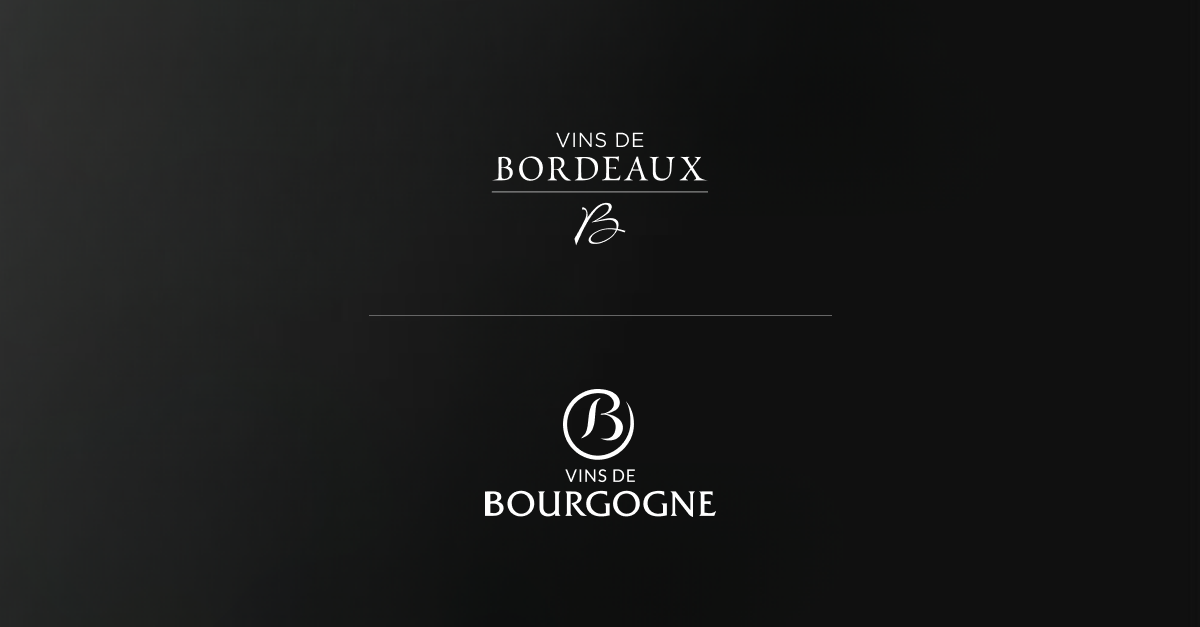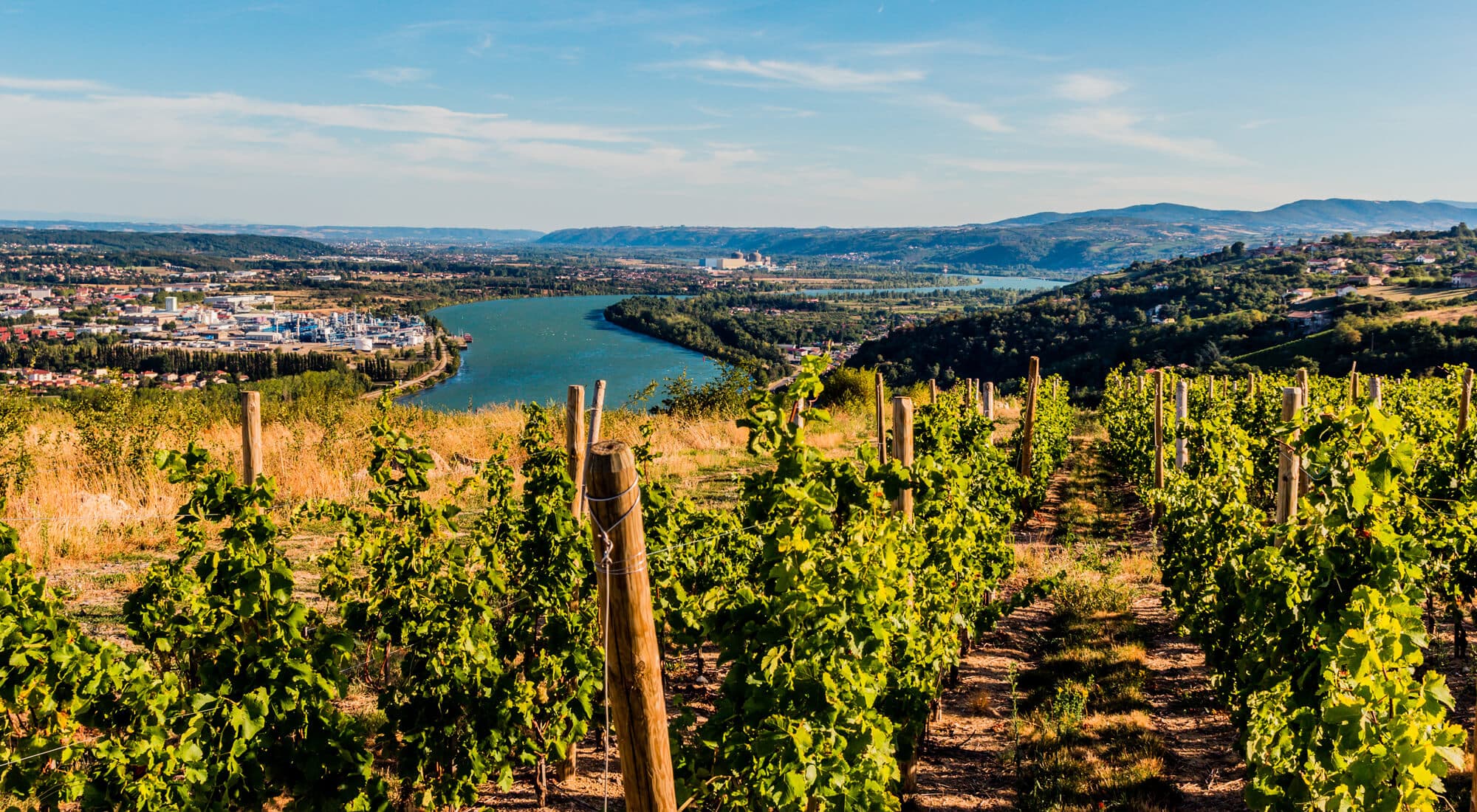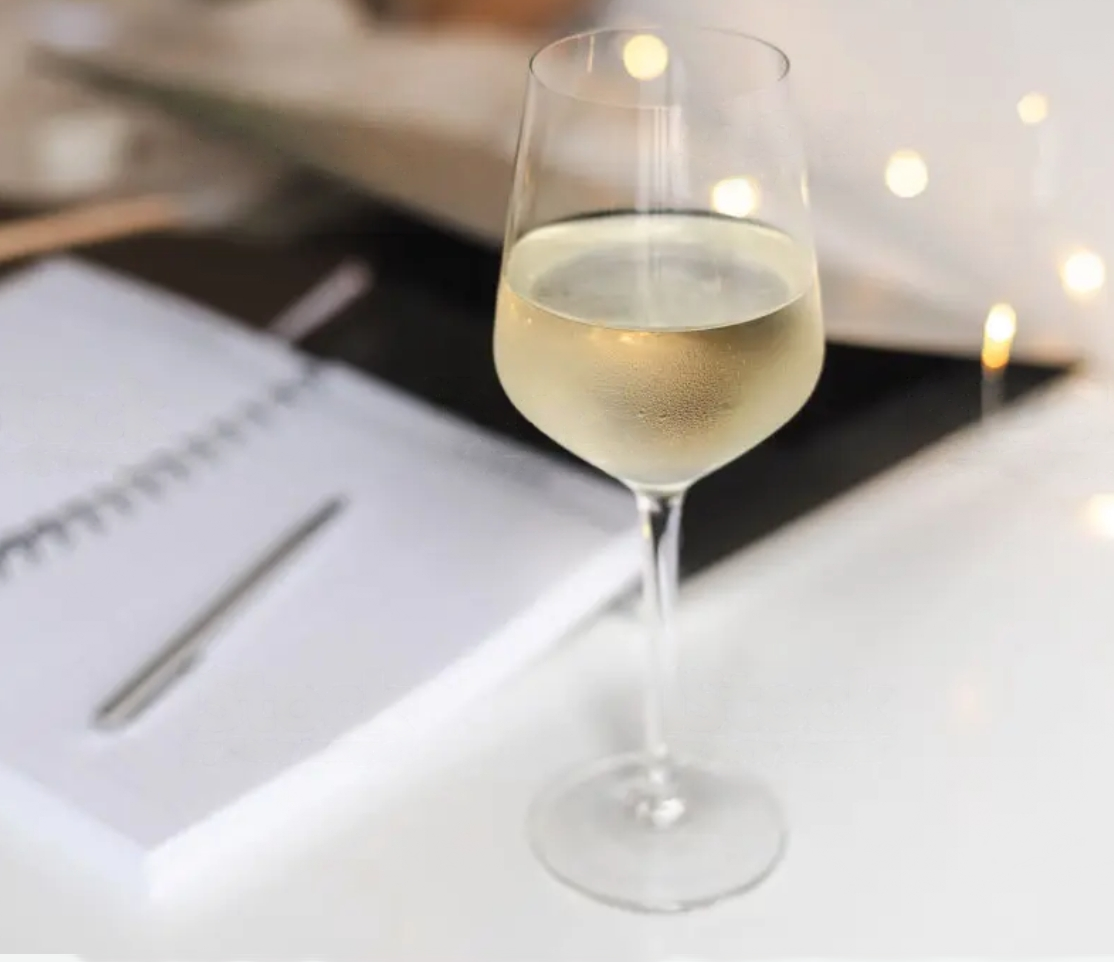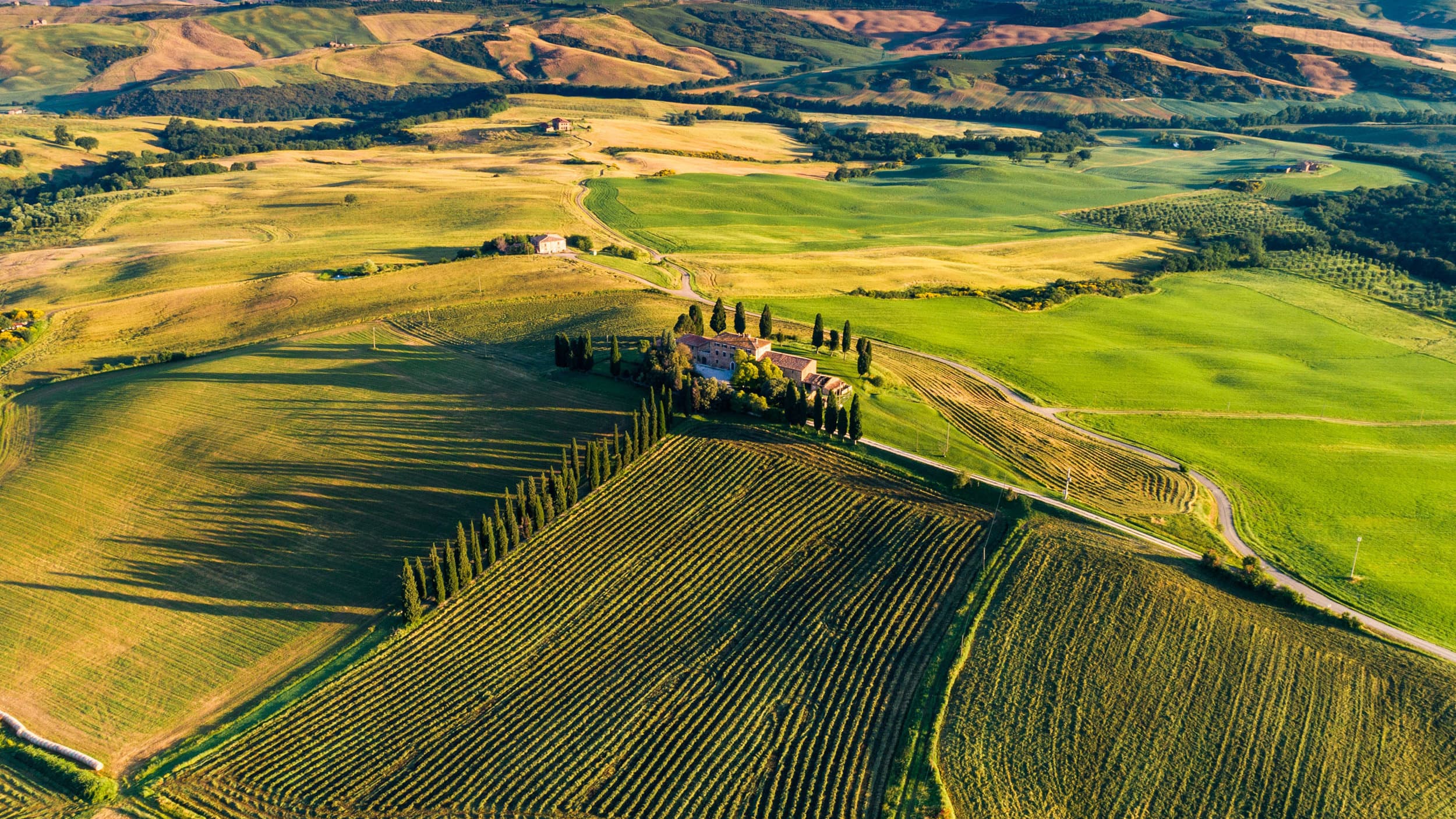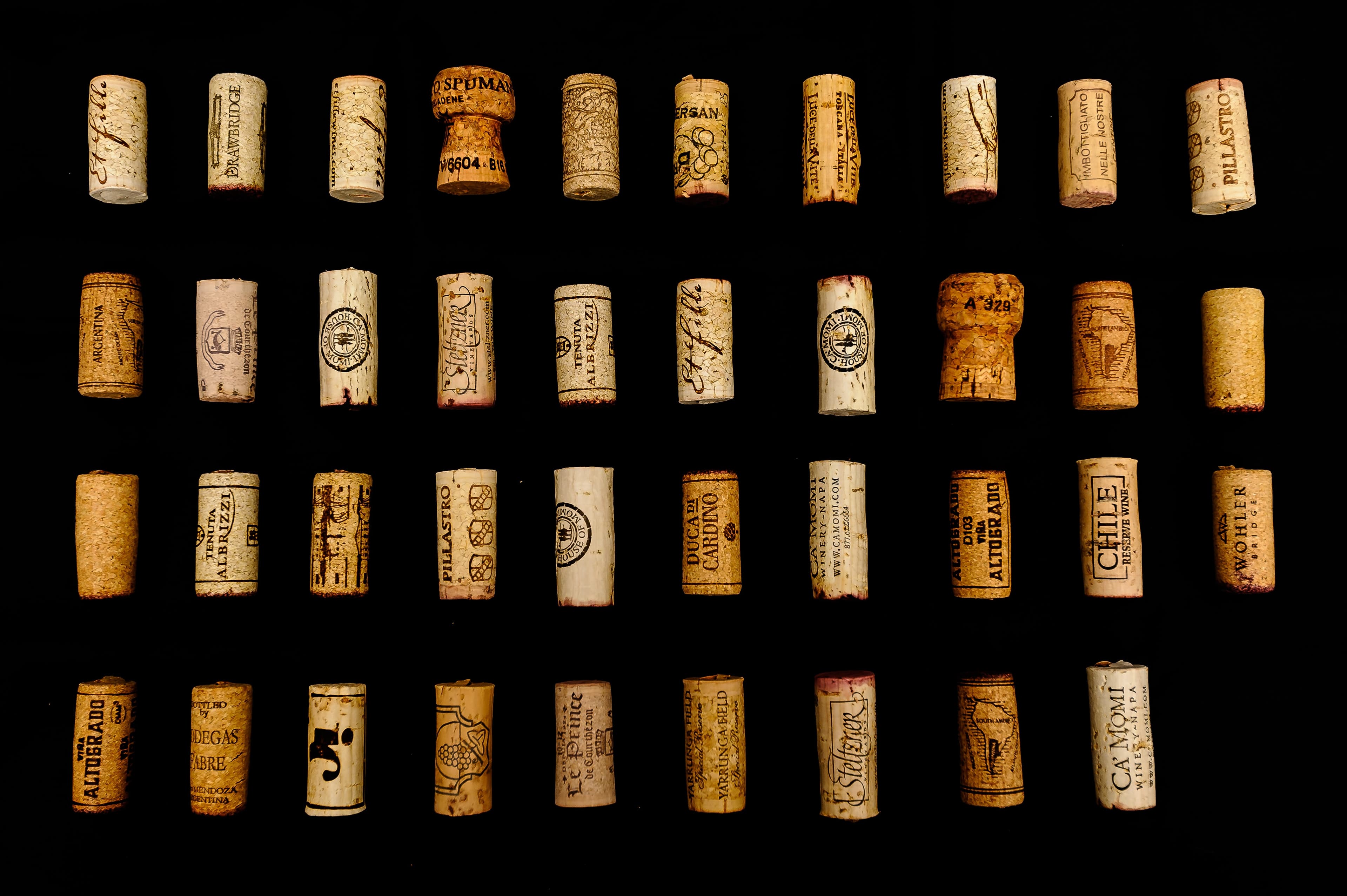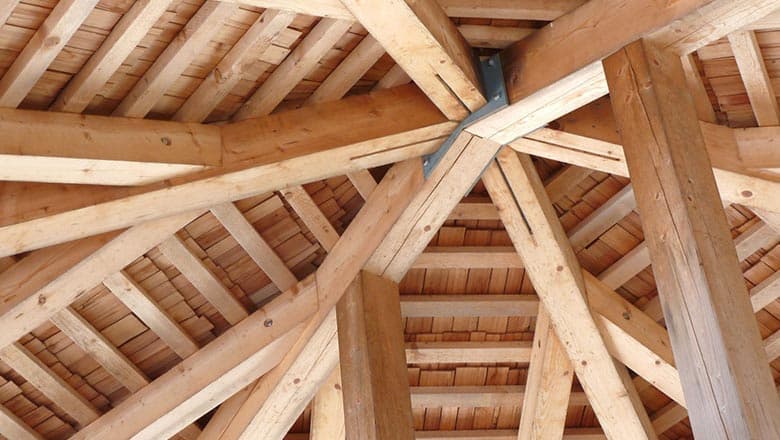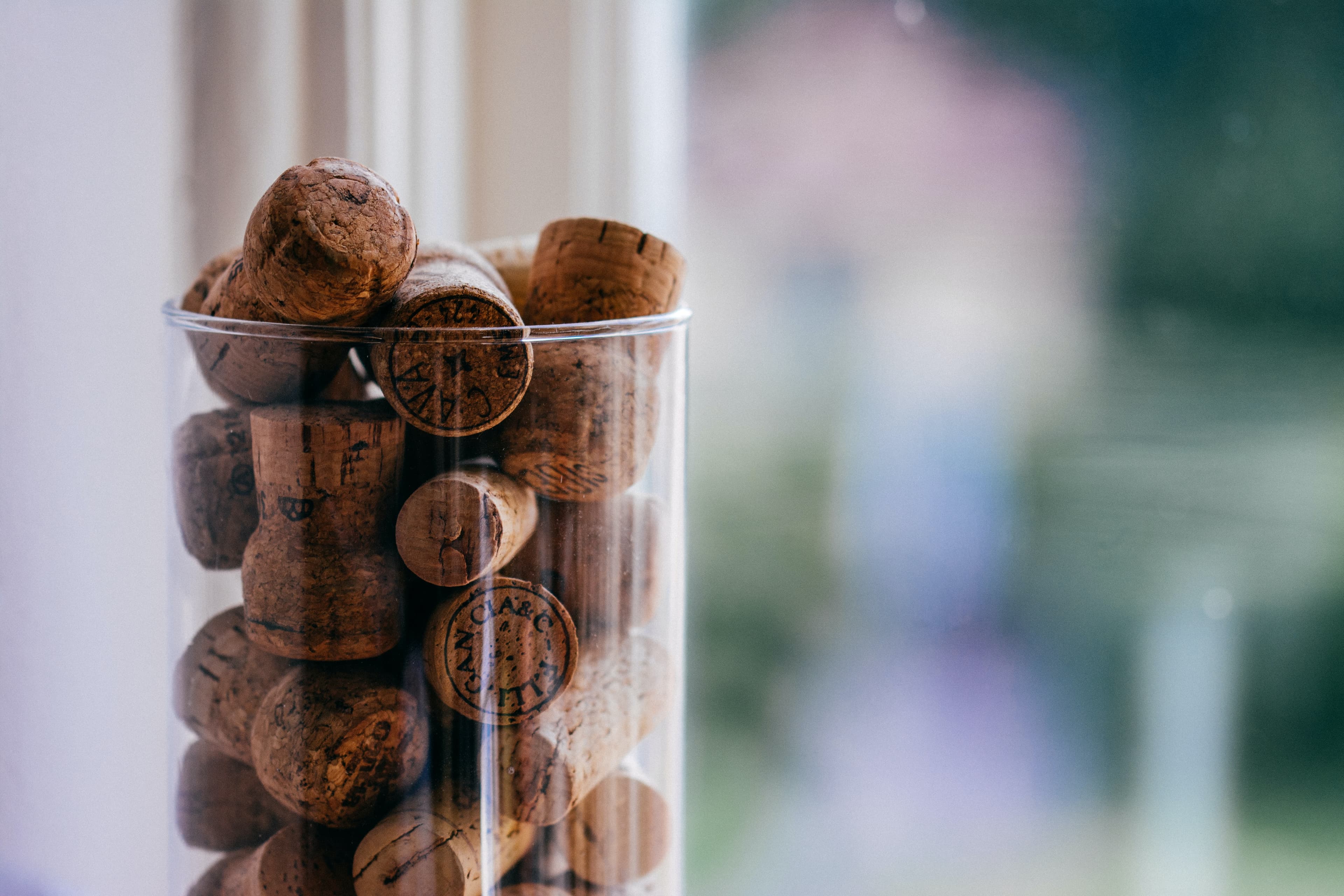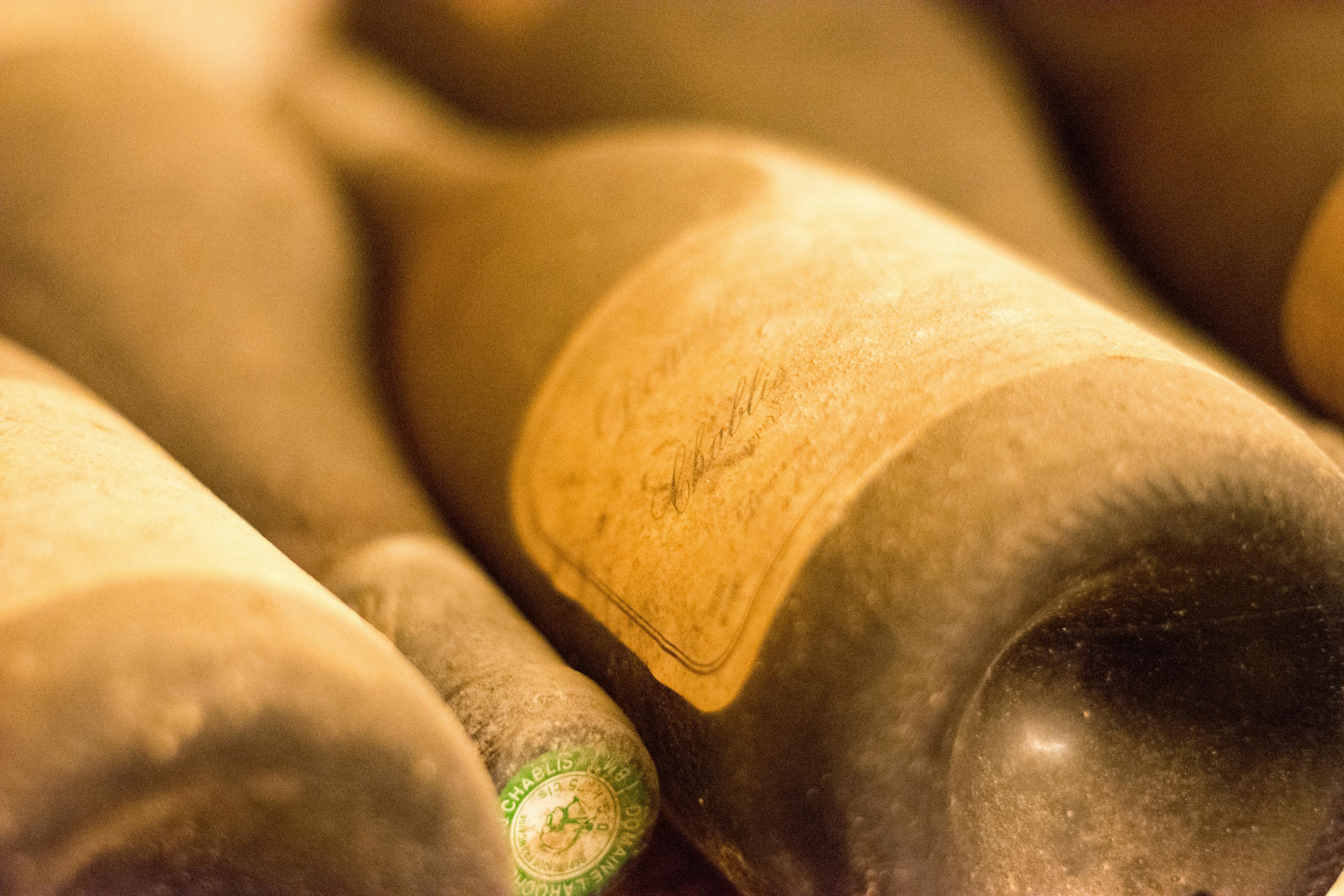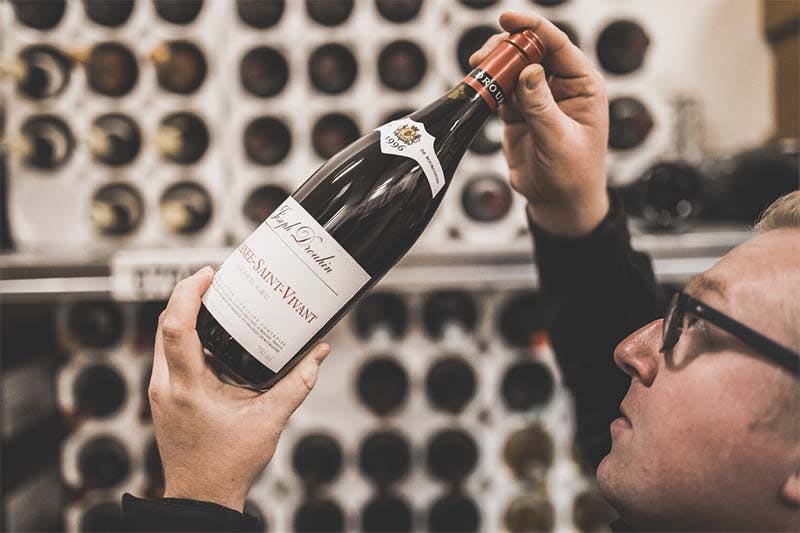
Discover the rich history and meticulous craftsmanship behind Chateau Margaux, one of the world's most esteemed vineyards. Nestled in the Bordeaux region of France, this iconic estate has been synonymous with top-tier wine production for centuries. The vineyard's dedication to quality begins with its unique terroir, which provides the perfect conditions for growing premium grapes. This article delves into the techniques and traditions that make Chateau Margaux a paragon of viticulture, exploring everything from its historic vineyards to the modern innovations that continue to enhance its prestigious reputation.
The Art of Blending: Techniques and Secrets
The art of blending at Chateau Margaux is a meticulous process that involves combining various grape varieties to create a harmonious and complex final product. This technique is crucial as it influences the aroma, flavor, structure, and aging potential of the wine. The master blenders at Chateau Margaux use their extensive experience and deep understanding of each variety's characteristics to determine the perfect balance that defines the estate's signature wines.
Selection of Varieties: The process begins with the careful selection of grape varieties that complement each other. Cabernet Sauvignon, Merlot, Petit Verdot, and Cabernet Franc are commonly used, each adding unique notes and qualities to the blend.
Tasting and Adjusting: After the initial blend, repeated tastings are conducted to refine the balance between the fruit, acidity, tannins, and alcohol. Adjustments are made until the desired complexity and style are achieved.
Aging: The blended wines are then aged in oak barrels, which contribute to the flavor profile and structural integration. The aging process is closely monitored to ensure the wine develops properly and maintains its distinctiveness.
Understanding the right food pairings can significantly enhance the enjoyment of Chateau Margaux, as the right dish can complement and elevate the intricate flavors and aromas created through these blending techniques.
Harvesting Practices: Ensuring Optimal Grape Quality
Chateau Margaux's commitment to quality is evident in its meticulous harvesting practices, which are crucial for ensuring the optimal quality of grapes. The estate's approach to harvesting is defined by several key strategies:
Timing of Harvest: The decision on when to harvest is based on a precise analysis of the grape's maturity, ensuring that they are picked at the exact moment when acidity, sweetness, and tannins are all perfectly balanced.
Hand Picking: Grapes at Chateau Margaux are harvested manually. This traditional method allows for the selective picking of grapes, ensuring that only the best quality fruit makes it to the store.
Sorting: After harvesting, the grapes undergo a rigorous sorting process to discard any that do not meet the estate's high standards. This step is vital for maintaining the integrity of their wines.
Use of Technology: While tradition plays a significant role, modern technology also aids in determining the optimal picking times and in monitoring the condition of the vines and soil.
These practices highlight Chateau Margaux's dedication to quality and its influence on the final product, ensuring that each bottle reflects the essence of its prestigious terroir.
The Role of the Master Winemaker at Chateau Margaux
At Chateau Margaux, the master winemaker plays a pivotal role in ensuring the quality and unique characteristics of the wine are maintained from vineyard to bottle. This individual is tasked with overseeing the entire winemaking process, a responsibility that requires an intricate blend of science and artistry. Their expertise in viticulture and enology is crucial, as they make key decisions that affect everything from grape selection to fermentation methods.
Grape Selection: The master winemaker carefully selects the best grapes, considering factors like ripeness, flavor profile, and health of the vines.
Fermentation Management: They control the fermentation process, adjusting temperatures and yeast strains to influence the wine's flavor and aroma.
Aging Process: Decisions on how long the wine ages, as well as the type of barrels used (oak or stainless steel), are made to achieve desired taste profiles.
Quality Control: Throughout the process, the winemaker conducts rigorous quality control checks to ensure the final product meets the high standards of Chateau Margaux.
Ultimately, the master winemaker's role is essential in enjoying Chateau Margaux at its best, as they craft each bottle to express the rich history and terroir of the estate. Their dedication and skill ensure that each vintage not only upholds the legacy of Chateau Margaux but also offers a unique experience to wine enthusiasts around the world.
Barrel Selection and Aging Process
The barrel selection and aging process at Chateau Margaux is a meticulous practice that significantly influences the quality and flavor profile of their wines. Each barrel is carefully chosen based on the type of wood, the grain tightness, and the origin of the oak, with French oak being predominantly used due to its ability to impart subtle, yet complex flavors to the wine.
During the aging process, the wine undergoes several chemical transformations, enhancing its aroma and taste. The length of time wine spends in the barrels depends on the desired end product. Typically, Chateau Margaux wines are aged for 18 to 24 months, allowing for a harmonious integration of oak flavors and tannin softening.
Temperature and Humidity Control: The cellars are meticulously maintained with specific temperature and humidity levels to ensure optimal aging conditions.
Regular Tasting and Monitoring: Winemakers regularly taste and monitor the development of the wines, making adjustments as necessary to achieve the desired quality.
Blending Artistry: After aging, wines from different barrels are expertly blended to create the final product. This step is crucial as it defines the character and uniqueness of the wine.
For those interested in exploring some of the most popular vintages of Chateau Margaux, each vintage reflects the culmination of careful vineyard management, precise barrel selection, and masterful aging processes.
Quality Control: From Vineyard to Bottle
Ensuring the highest quality from vineyard to bottle, Chateau Margaux employs meticulous quality control measures at every stage of production. This begins in the vineyard, where the health and maturity of the grapes are closely monitored. Precision viticulture techniques are used to optimize the vineyard's microclimate and soil conditions, ensuring that each grape variety is planted in the ideal terroir for its needs.
In the winery, the commitment to quality continues with state-of-the-art facilities that allow for gentle handling of the wine. This includes temperature-controlled fermentation and the use of gravity flow systems to minimize the stress on the wine during production. Each batch is tasted and tested repeatedly by expert vintners to ensure it meets the estate’s high standards.
Selective Harvesting: Only the best grape clusters are selected during the manual harvest, ensuring a consistent quality year after year.
Barrel Selection: The wine is aged in carefully chosen oak barrels that complement the unique characteristics of each vintage.
Bottling Process: Before bottling, the wine undergoes rigorous testing and filtration to guarantee purity and clarity.
These detailed processes contribute significantly to the refined taste of Chateau Margaux, making each bottle a testament to the art of winemaking.
Research and Development in Viticulture and Enology
Research and development in viticulture and enology are pivotal to maintaining the high standards of quality and innovation at Chateau Margaux. The estate's commitment to excellence begins in the vineyard, where a combination of traditional techniques and modern technology ensures the best possible cultivation of vines. Here are some key aspects of their R&D efforts:
Climate Analysis: By studying climate patterns and their impact on vine growth, Chateau Margaux can adapt its viticulture strategies to enhance grape quality each season.
Soil Management: Detailed analysis of soil types helps in determining the optimal planting locations and vine management practices, which are crucial for the development of distinct wine characteristics.
Grape Variety Experimentation: Experimenting with different grape varieties and clones allows the estate to discover new flavors and aromas, further refining their wine portfolio.
Innovative Fermentation Techniques: The use of cutting-edge fermentation methods helps in maximizing the potential of the harvested grapes, ensuring that each bottle of Chateau Margaux reaches its fullest expression.
These efforts not only serve to uphold the legacy of Chateau Margaux but also drive continuous improvement, setting new benchmarks in the wine industry.
The Integration of Technology in Traditional Winemaking
The integration of technology in traditional winemaking at Chateau Margaux represents a harmonious blend of history and modern innovation. This prestigious estate has embraced technological advancements while maintaining the integrity of their time-honored winemaking processes. Key areas where technology complements tradition include:
Precision Viticulture: Advanced tools such as drones and satellite imagery are employed to monitor vineyard health, ensuring that each vine receives exactly what it needs for optimal growth.
Controlled Fermentation: Temperature-controlled fermentation tanks have revolutionized the way wine is produced. By precisely managing the fermentation temperature, Chateau Margaux can ensure consistent quality and flavor profiles year after year.
Data Analytics: The use of data analytics in winemaking has enabled Chateau Margaux to refine their processes. Analyzing vast amounts of data from past vintages helps predict how different variables affect the aging potential and flavor profiles of their wines.
Sustainable Practices: Modern technology also supports sustainable practices at the vineyard. From water conservation systems to solar panels, technology is used to reduce the environmental impact of wine production.
Discover more facts about how Chateau Margaux is pioneering the future of winemaking while staying true to its roots.
Handcrafting vs. Mechanization: Balancing Tradition and Innovation
In the world of fine wine, the balance between handcrafting and mechanization is crucial, particularly at prestigious estates like Chateau Margaux. This balance is not just about maintaining tradition but also about embracing innovation to enhance the quality and distinctiveness of the wine.
Handcrafting: At Chateau Margaux, handcrafting is synonymous with meticulous attention to detail. From hand-picking grapes to ensure only the best quality to traditional barrel aging, these methods have been refined over centuries. Handcrafting allows for a gentle and selective process, preserving the delicate characteristics of each vintage.
Mechanization: Modern techniques are also integrated to complement traditional practices. Mechanization at Chateau Margaux includes the use of advanced sorting technology to better select grapes and control fermentation processes. This integration helps increase efficiency and consistency in wine production without compromising the wine's quality.
By balancing these approaches, Chateau Margaux continues to produce exceptional wines that reflect both the heritage of the Bordeaux region and the progressive strides in viticulture and enology. This synergy ensures that each bottle of Chateau Margaux remains a testament to both its storied past and its innovative future.
Training and Legacy: Passing Down Skills Through Generations
At Chateau Margaux, the art of winemaking is a tradition steeped in history that has been carefully passed down through generations. This process begins with the meticulous training of each new generation by seasoned experts, ensuring that the legacy of quality and craftsmanship remains unbroken.
Apprenticeship Programs: Young vintners at Chateau Margaux undergo rigorous apprenticeship programs where they learn from master winemakers. This hands-on experience is crucial for maintaining the high standards set by the chateau.
Family Involvement: Many families working at Chateau Margaux have been part of its story for generations. This deep personal connection to the vineyard and its operations ensures a passionate commitment to the wine's quality.
Historical Techniques: The training also involves learning time-honored winemaking techniques that have been unique to Chateau Margaux for centuries. These methods are a critical part of the chateau’s distinctive character.
Innovation and Tradition: While traditional practices are honored, there is also a focus on integrating modern techniques that enhance the wine's quality without compromising its traditional appeal.
This blend of old and new, the passing of torch from one generation to the next, ensures that Chateau Margaux remains at the forefront of the wine industry while still honoring its rich heritage.
The Annual Cycle of Vineyard Management at Chateau Margaux
Chateau Margaux, a renowned name in the wine industry, follows a meticulous annual cycle of vineyard management to ensure the quality of its prestigious wines. This cycle is crucial for maintaining the health of the vines and the excellence of the grapes.
Winter Pruning: During the dormant winter months, skilled workers prune the vines to control their growth and productivity. This involves cutting back the vines to help them conserve energy and prepare for the next growing season.
Spring Bud Break and Flowering: As temperatures rise in spring, the vines begin to bud. This period is critical as the health of the buds can determine the potential yield of the vineyard. Flowering follows bud break, usually occurring in May, and is highly susceptible to weather conditions, particularly frost.
Summer Canopy Management and Veraison: Throughout the summer, vineyard managers focus on canopy management, which involves adjusting the leaves and branches to optimize light exposure and air circulation around the grapes. This helps prevent disease and promotes even ripening. Veraison, the onset of grape ripening, marks a crucial phase where grapes change color and begin to sweeten.
Autumn Harvest: The harvest typically begins in September and can extend into October, depending on the varietal and the climatic conditions of the year. Harvesting at Chateau Margaux is often done manually to ensure that only the best grapes are selected.
Each of these stages is handled with utmost care and precision, reflecting the dedication to quality that Chateau Margaux is known for.
Conclusion
In conclusion, the craftsmanship behind Chateau Margaux is a testament to the rich heritage and meticulous attention to detail that defines the world's most prestigious wines. From the careful selection of grapes to the artful blending and aging processes, each bottle of Chateau Margaux is a masterpiece of oenological artistry. This dedication to quality ensures that each vintage not only reflects the unique characteristics of its terroir but also offers a remarkable potential for aging.
For wine enthusiasts and collectors, the allure of Chateau Margaux extends beyond its exquisite taste to its investment potential. Recognizing this, Rekolt provides a seamless solution for those looking to secure these valuable assets. By offering professional cellar storage options, Rekolt ensures that your investment is preserved in optimal conditions, enhancing its longevity and, potentially, its value over time. Furthermore, our platform facilitates the easy resale and trading of fine wines, providing a dynamic marketplace for wine lovers and investors alike.
Whether you are a seasoned collector or a newcomer to the world of fine wines, understanding the craftsmanship behind each bottle and the services available to maintain and capitalize on your investments is crucial. With Rekolt, you can rest assured that your prized Chateau Margaux, along with other fine wines, is stored meticulously and can be traded effortlessly, ensuring that the heritage and value of your collection are preserved for years to come.
Share this article
